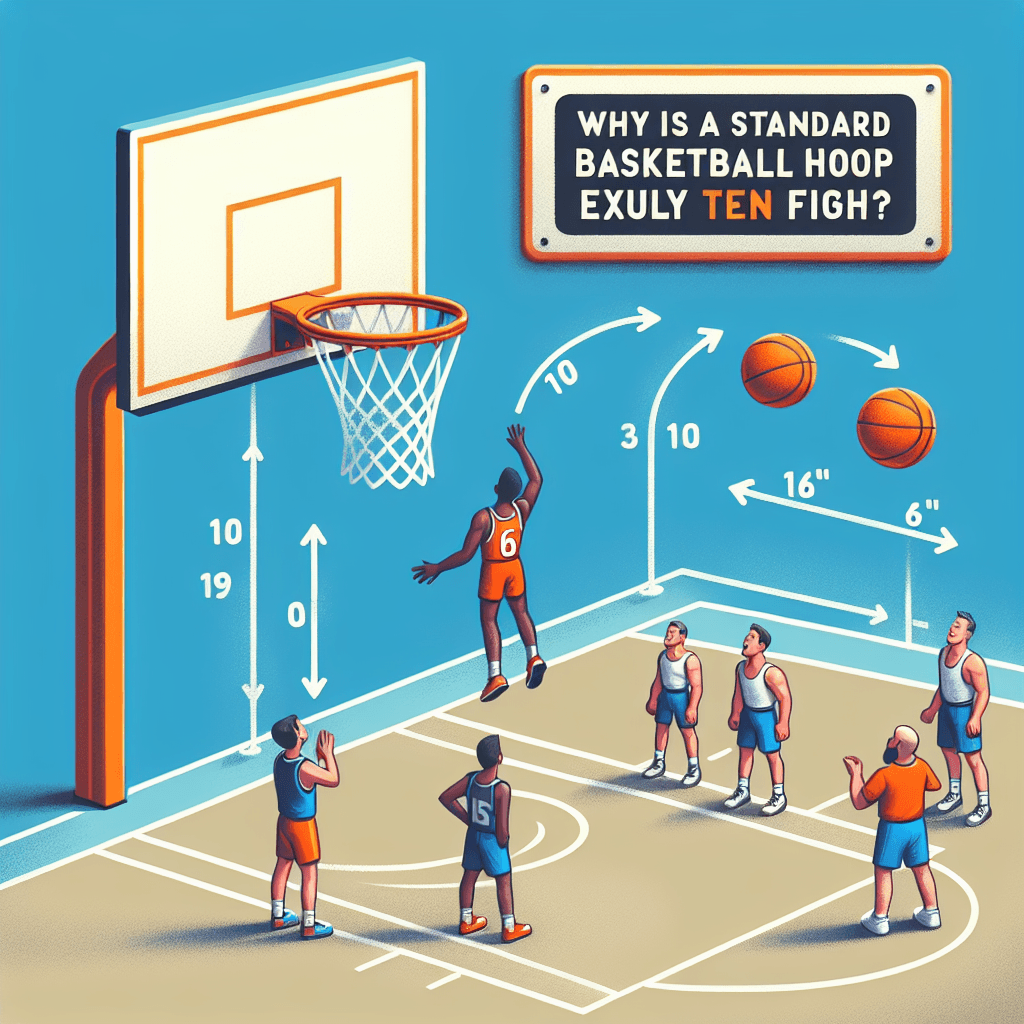The Square Deal: The Surprising Reason Round Pizzas Come in Square Boxes
Ever wondered why your perfectly round pizza is delivered in a square box? Discover the surprisingly practical and cost-effective reasons behind this universal packaging choice.


Too Long; Didn't Read
Square boxes are cheaper and easier to mass-produce from a single sheet of cardboard than round ones. They are also easier to store flat and provide extra space in the corners.
The Square Deal: Why Do Round Pizzas Come Delivered Inside Square Boxes?
Have you ever eagerly awaited a pizza delivery, only to pause for a moment and wonder, "Why is this perfectly round, delicious pie sitting inside a distinctly square box?" It's a common observation, almost a universally accepted quirk of the takeaway world. While it might seem counterintuitive, the reasons behind the square pizza box standard are surprisingly practical and deeply rooted in efficiency and cost-effectiveness. This post delves into the simple yet ingenious logic explaining why round pizzas usually come delivered inside square boxes.
The Economics of Cardboard: Manufacturing Simplicity
The primary driver behind the square pizza box is manufacturing efficiency.
- Simpler Production: Square boxes can typically be formed from a single sheet of corrugated cardboard. The design involves straightforward folds and slots that lock together easily, requiring less complex machinery and fewer manufacturing steps.
- Reduced Waste: Cutting squares or rectangles from large cardboard sheets generally results in less material waste compared to cutting circles or more intricate shapes needed for round boxes.
- Cost-Effectiveness: Simpler production and less waste translate directly into lower manufacturing costs. For pizzerias operating on tight margins, the savings from using standard, inexpensive square boxes add up significantly. Producing custom round boxes would be considerably more expensive.
Sturdy and Stackable: The Structural Advantage
Beyond cost, the square shape offers inherent structural benefits crucial for delivery.
- Rigidity: The corners of a square box provide extra structural integrity, helping the box maintain its shape and protect the pizza inside during transit. A round box might be more prone to collapsing or bending, especially when stacked.
- Stackability: Square boxes stack neatly and securely on top of each other. This is vital both in the pizzeria kitchen, where space is often limited, and in the delivery vehicle, where multiple orders need to be transported safely without crushing the ones below. Round boxes are notoriously difficult to stack stably.
Handling and Storage Efficiency
The practicality of the square shape extends to storage and handling.
- Flat-Pack Storage: Pizza boxes are delivered to restaurants flat-packed. Square blanks are easy to store compactly, taking up minimal space until they are needed and quickly folded into shape. Round or complex shapes would be more awkward to store efficiently.
- Ease of Handling: The defined edges and flat surfaces of square boxes make them easier for kitchen staff and delivery drivers to grip, carry, and manage compared to potentially unwieldy round containers.
More Than Just Pizza: Space for the Extras
Those empty corners in a square box aren't just wasted space; they serve a purpose.
- Room for Sides: The gaps provide convenient spots to tuck in small extras like dipping sauces, pepper packets, or napkins without them sliding onto the pizza itself.
- Easier Lifting: The corners provide a natural space for fingers to grip when lifting the pizza out of the box, reducing the chance of touching the hot cheese or toppings.
- Air Circulation (Minor Benefit): While not the primary reason, some argue the extra space allows for slightly better air circulation, potentially helping to reduce steam buildup and prevent the crust from becoming overly soggy, although the corrugated cardboard itself plays a larger role in moisture absorption.
Why Aren't Round Boxes Common?
While round pizza boxes do exist, they haven't become the standard for several reasons:
- Higher Manufacturing Costs: As mentioned, producing them is more complex and expensive.
- Assembly Challenges: They often require more intricate folding or even multiple pieces.
- Storage and Stacking Issues: They are less space-efficient to store (both flat and assembled) and harder to stack securely.
Conclusion: A Practical Solution Wins Out
The reason your round pizza arrives in a square box isn't a design oversight; it's a testament to practical, cost-effective design choices that have become the industry standard. From simpler and cheaper manufacturing to superior structural integrity, easier storage, better stackability, and convenient handling, the square box simply ticks more logistical boxes than its round counterpart. So, the next time you open that familiar square lid to reveal the round deliciousness inside, you can appreciate the straightforward ingenuity that ensures your pizza arrives safely and affordably. It's a simple solution to delivering one of the world's favourite foods.


